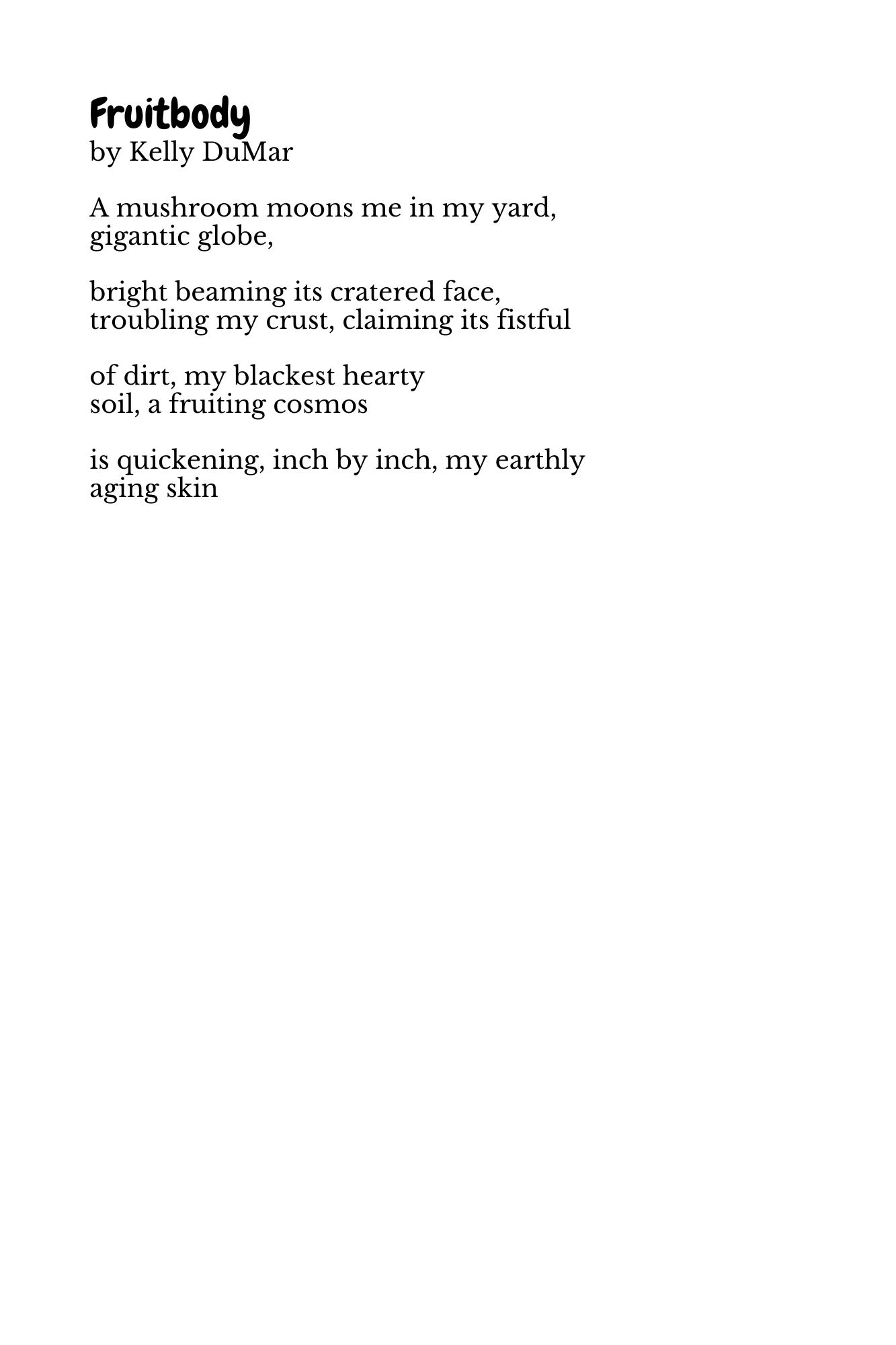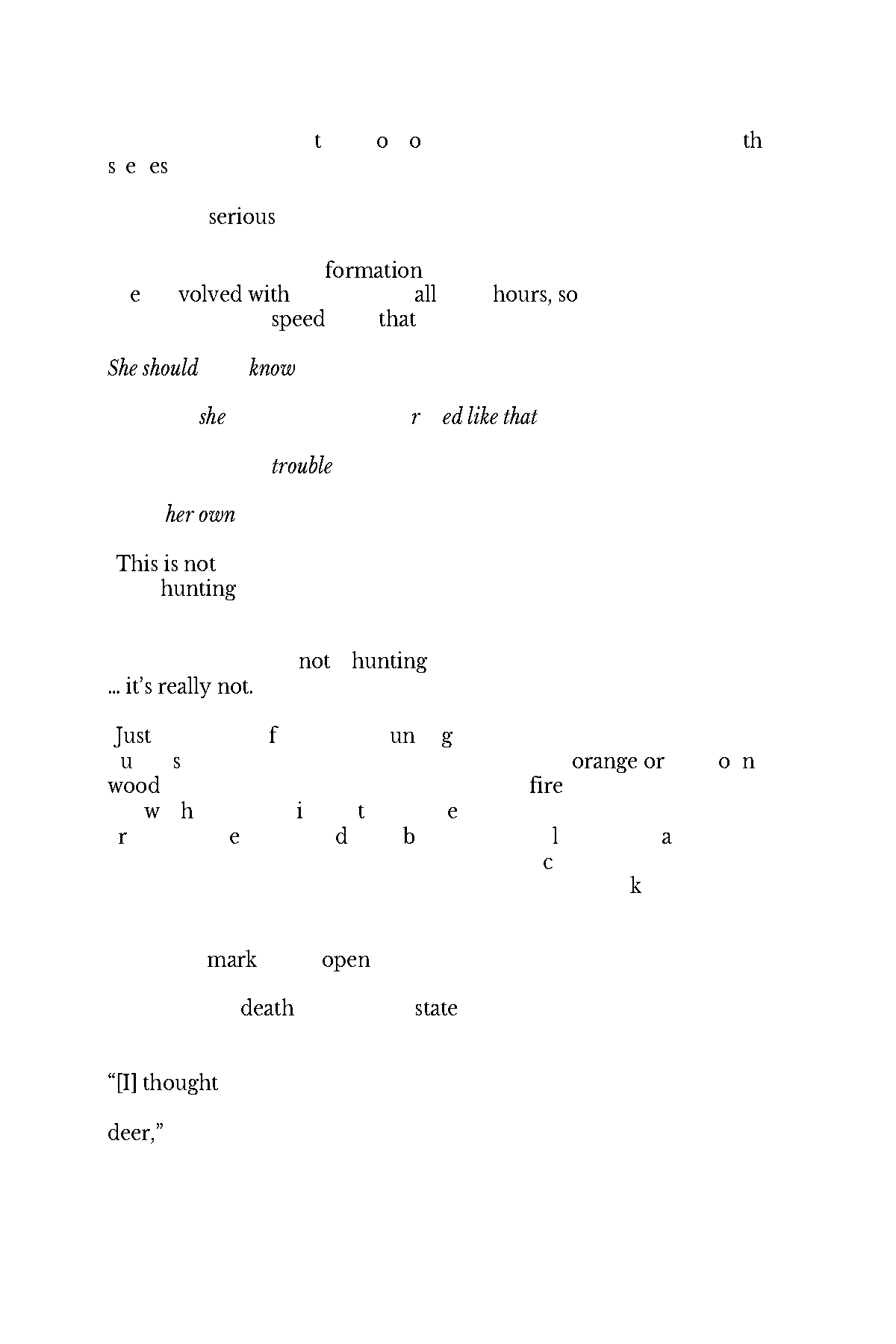Plants & Poetry Journal
for every submission, plants & poetry team will plant a tree or other vegetation in our food forest in bella vista, ar.
my core rises: mycorrhiza collection
calling all poets, earth dwellers, mycologists, soil scientists, nature writers - to indulge in poetry, prose, creative nonfiction, mixed media.
Connect and support Y. Hope Osborn
Support and connect Rey Fairburn
Unique and common traits in mycorrhizal symbioses (2020)
Abstract
“Mycorrhizas are among the most important biological interkingdom interactions, as they involve ~340,000 land plants and ~50,000 taxa of soil fungi. In these mutually beneficial interactions, fungi receive photosynthesis-derived carbon and provide the host plant with mineral nutrients such as phosphorus and nitrogen in exchange. More than 150 years of research on mycorrhizas has raised awareness of their biology, biodiversity, and ecological impact. In this Review, we focus on recent phylogenomic, molecular, and cell biology studies to present the current state of knowledge on the origin of mycorrhizal fungi and the evolutionary history of their relationship with land plants. As mycorrhizas feature a variety of phenotypes, depending on partner taxonomy, physiology, and cellular interactions, we explore similarities and differences between mycorrhizal types. During evolution, mycorrhizal fungi have refined their biotrophic capabilities to take advantage of their hosts as food sources and protective niches, while plants have developed multiple strategies to accommodate diverse fungal symbionts. Intimate associations with pervasive ecological success have originated at the crossroads between these two evolutionary pathways. Our understanding of the biological processes underlying these symbioses, where fungi act as biofertilizers and bioprotectors, provides the tools to design biotechnological applications addressing environmental and agricultural challenges.”
Source: Genre, A., Lanfranco, L., Perotto, S., & Bonfante, P. (2020). Unique and common traits in mycorrhizal symbioses. Nature reviews. Microbiology, 18(11), 649–660. https://doi.org/10.1038/s41579-020-0402-3
Connect and support Patricia Hemminger
Connect and support Sarah Croscutt
Connect and support Lisa Periale Martine
Connect and support Catherine Jefferson
Connect and support Judy Harding
Connect and support Nicole Bailey
Connect and support Dee Susong
Connect and support Sheila Lynch-Benttinen
Connect and support Patricia Phillips-Batoma
Connect and support Patricia Phillips-Batoma
Connect and support Adesina Brown
Connect and support J. Maak
Connect and support Paula Sabat Martinez
Connect and support Rebecca A. Durham
Connect and support Carolyn Oliver
Your fellow contributor, Art Goodtimes, appears in Telluride Mushroom Festival.
Connect and support Art Goodtimes
Connect and support Jean Hackett
Connect and support Jean Hackett
Connect and support Jonathan Lacher
Connect and support Lynne Goldsmith
Connect and support Kevin Ahern.
Connect and support Annette Sisson

















































































